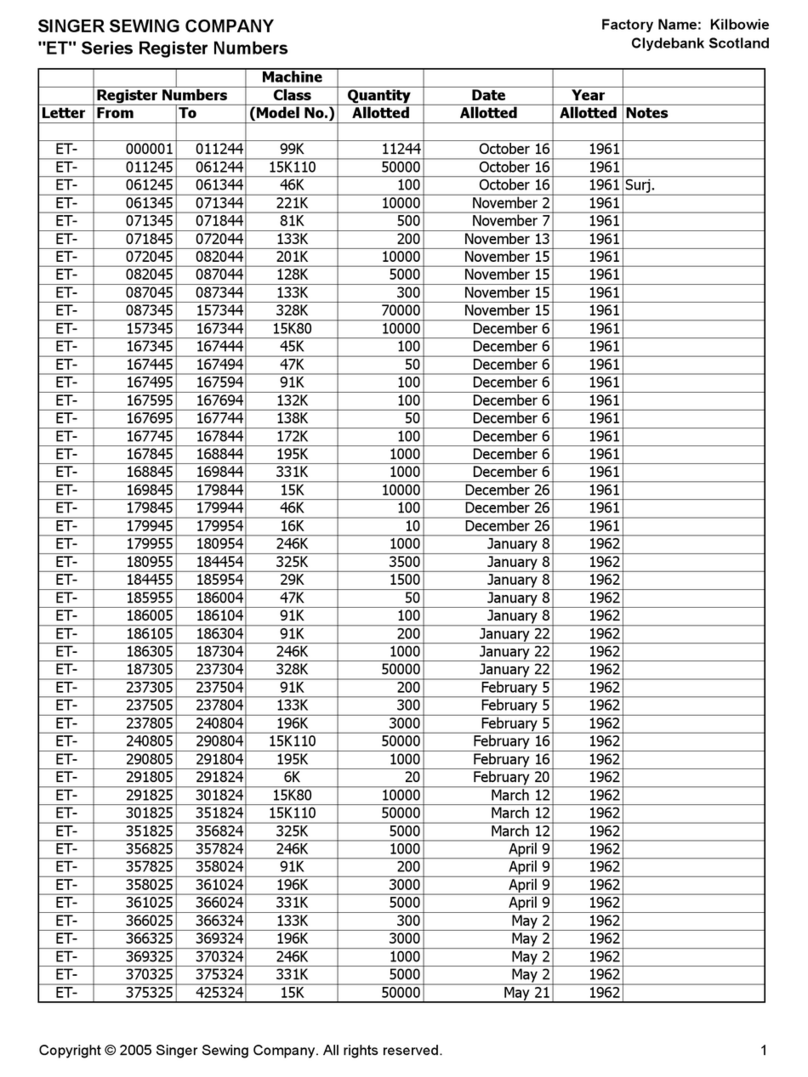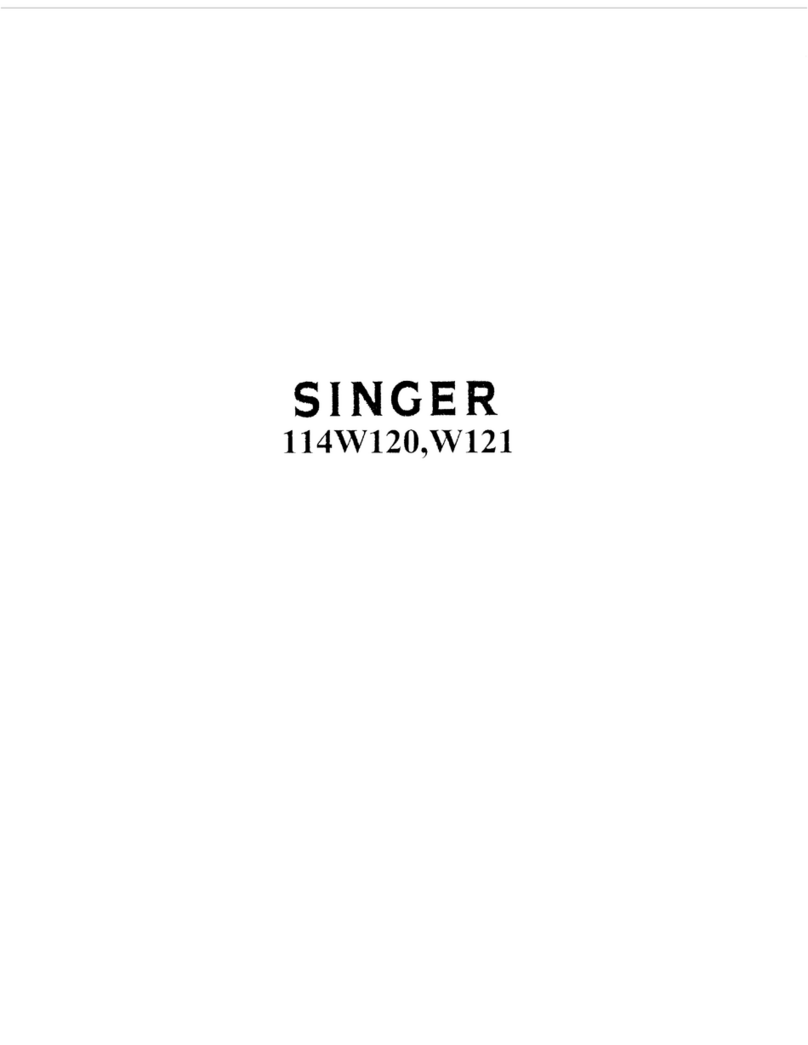Singer 46K15 User manual
Other Singer Sewing Machine manuals
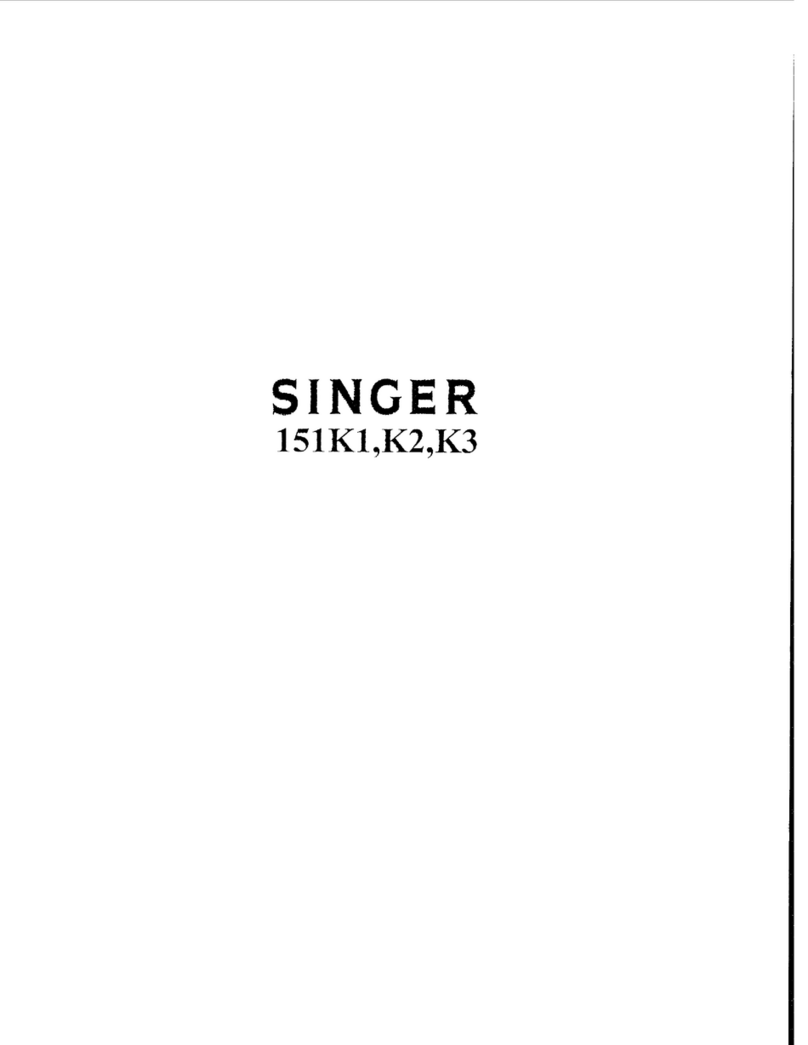
Singer
Singer 151K1 Quick start guide

Singer
Singer 107W35 User manual
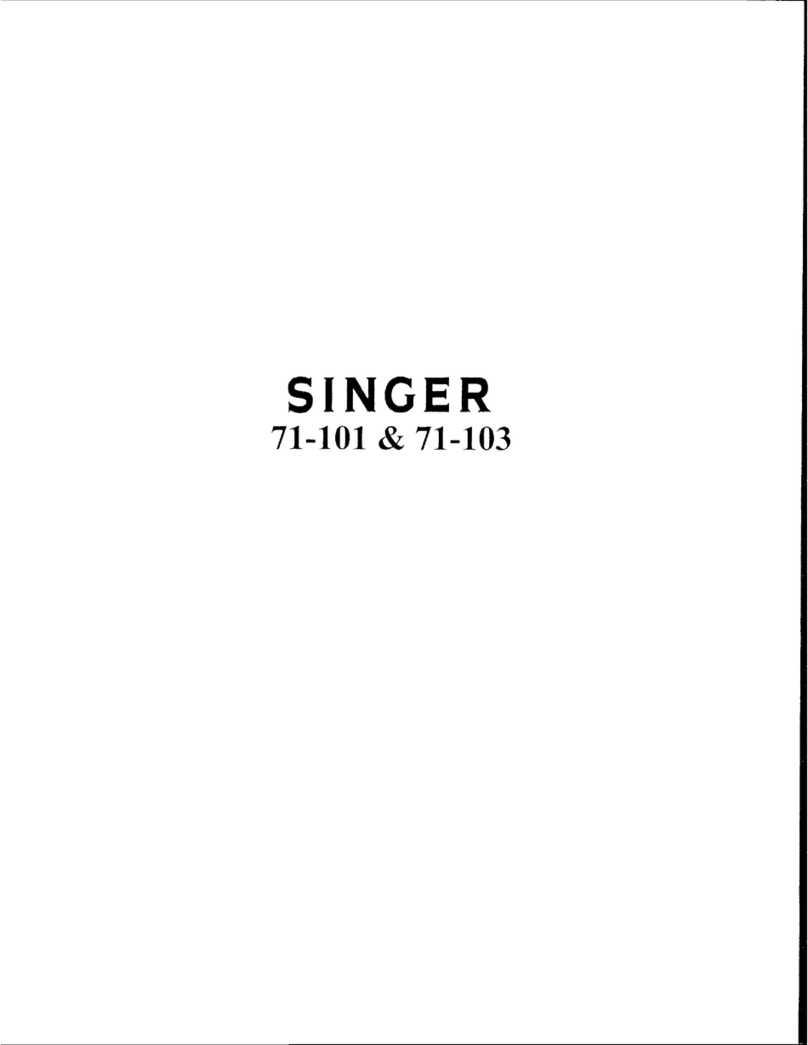
Singer
Singer 71-101 Quick start guide
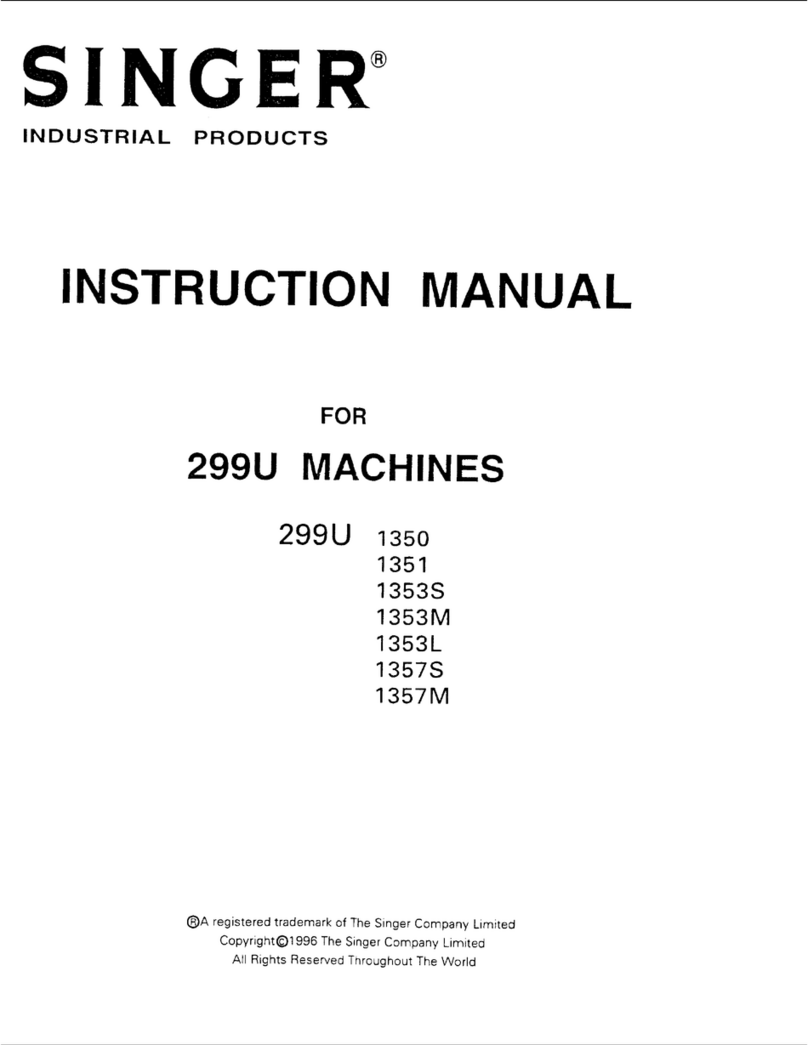
Singer
Singer 299U1350 User manual
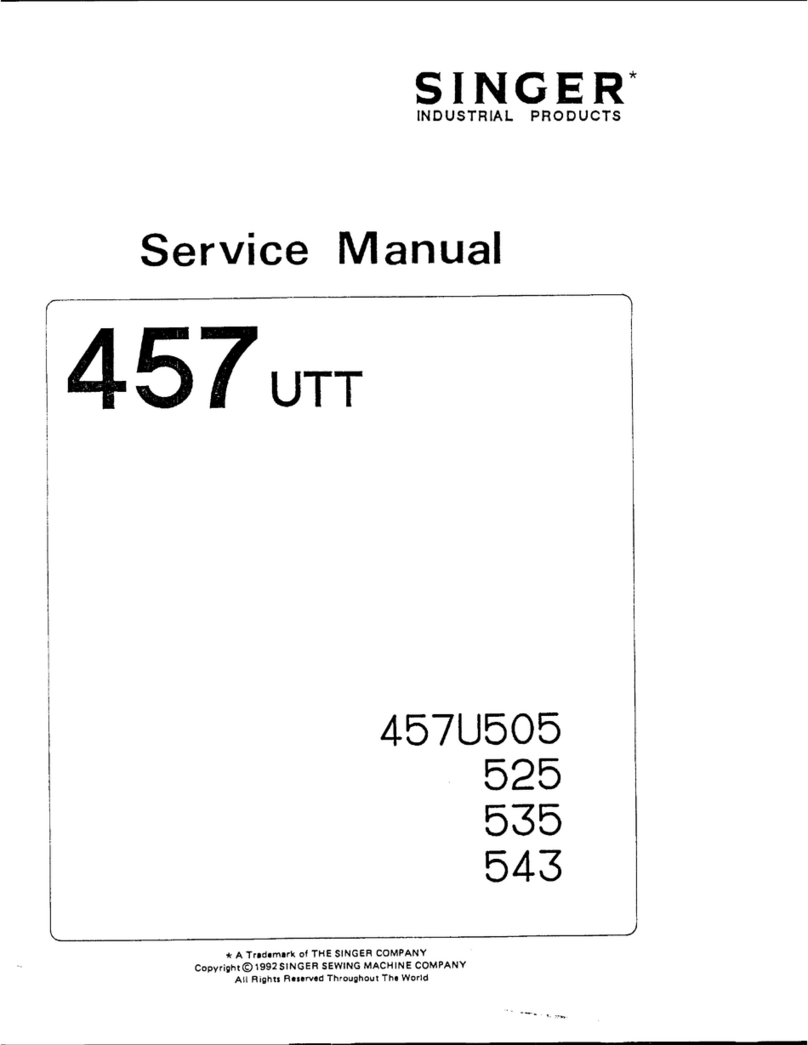
Singer
Singer 457U505 User manual
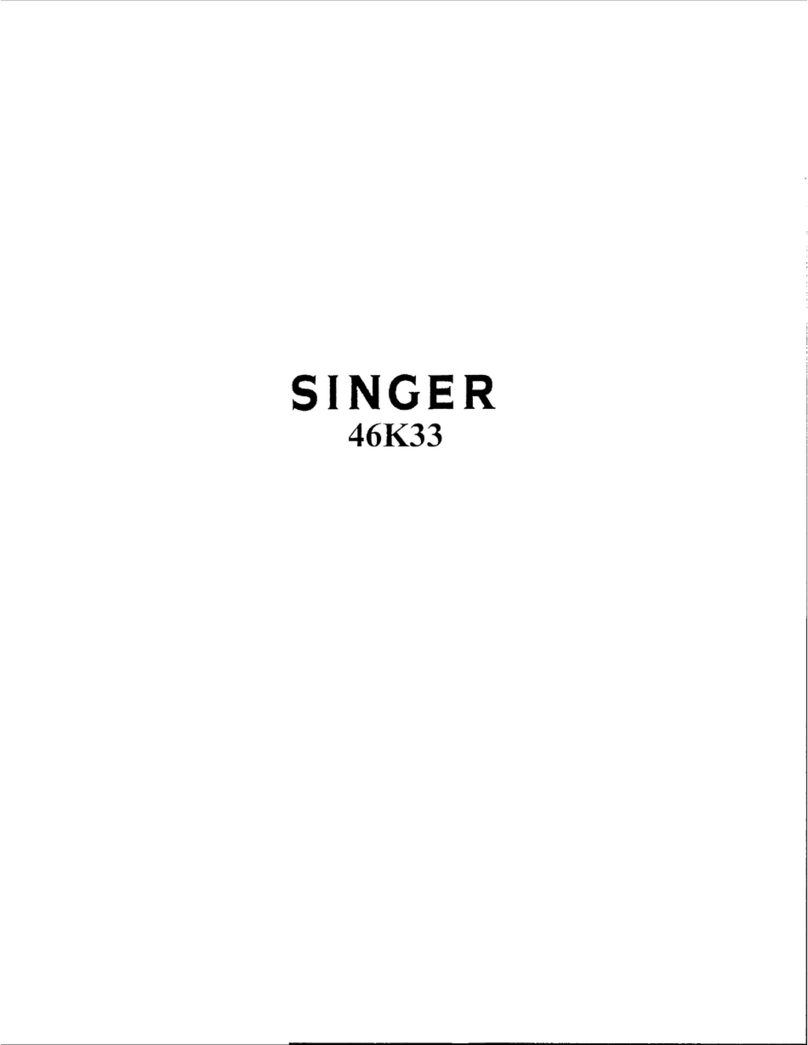
Singer
Singer 46K33 User manual

Singer
Singer SUPERA User manual
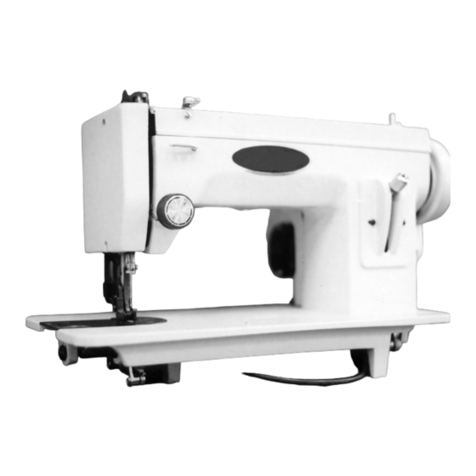
Singer
Singer Sewing Machine User manual
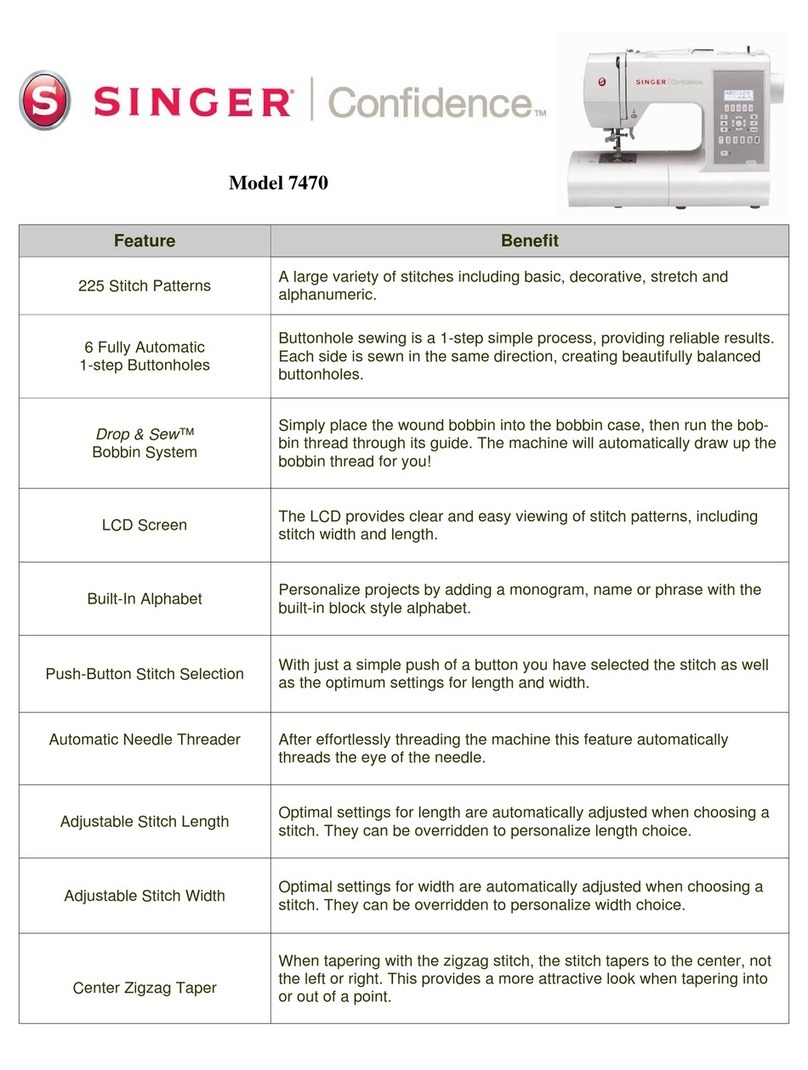
Singer
Singer CONFIDENCE 7470 User manual
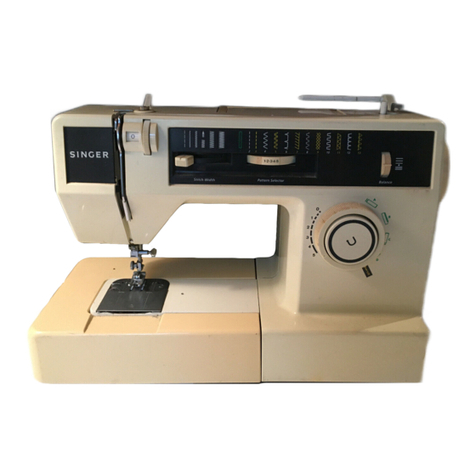
Singer
Singer 484.1544180 User manual

Singer
Singer FUTURA XL-400 User manual
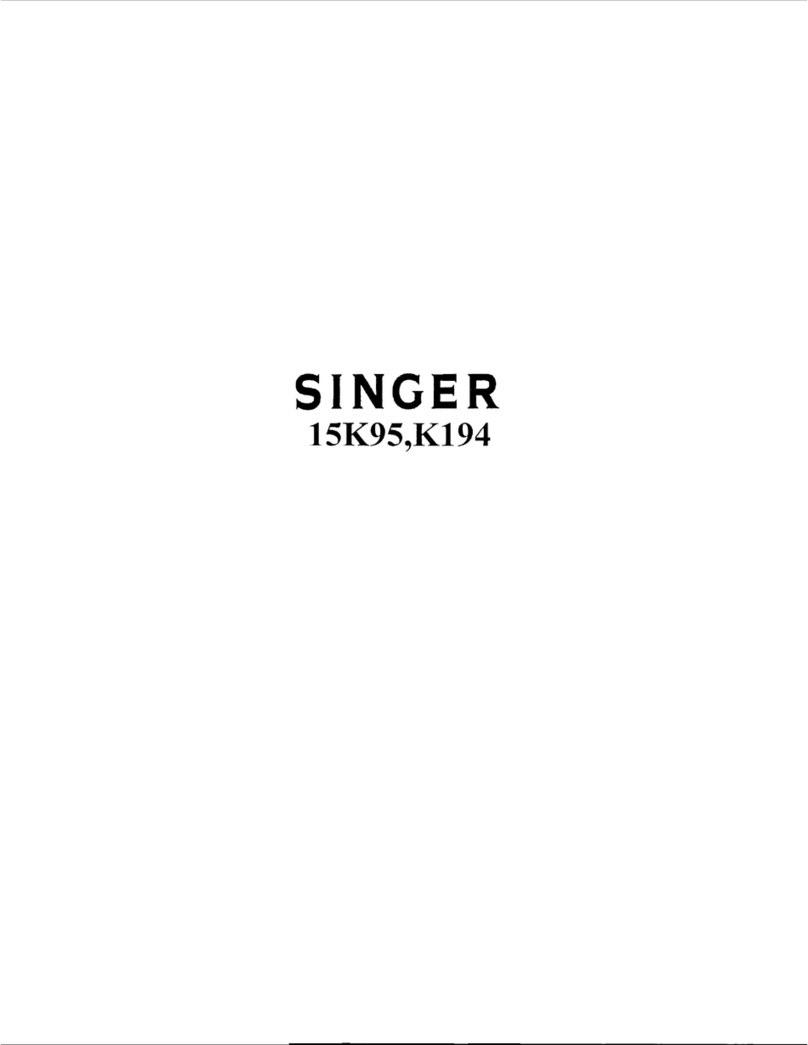
Singer
Singer 15K95 User manual
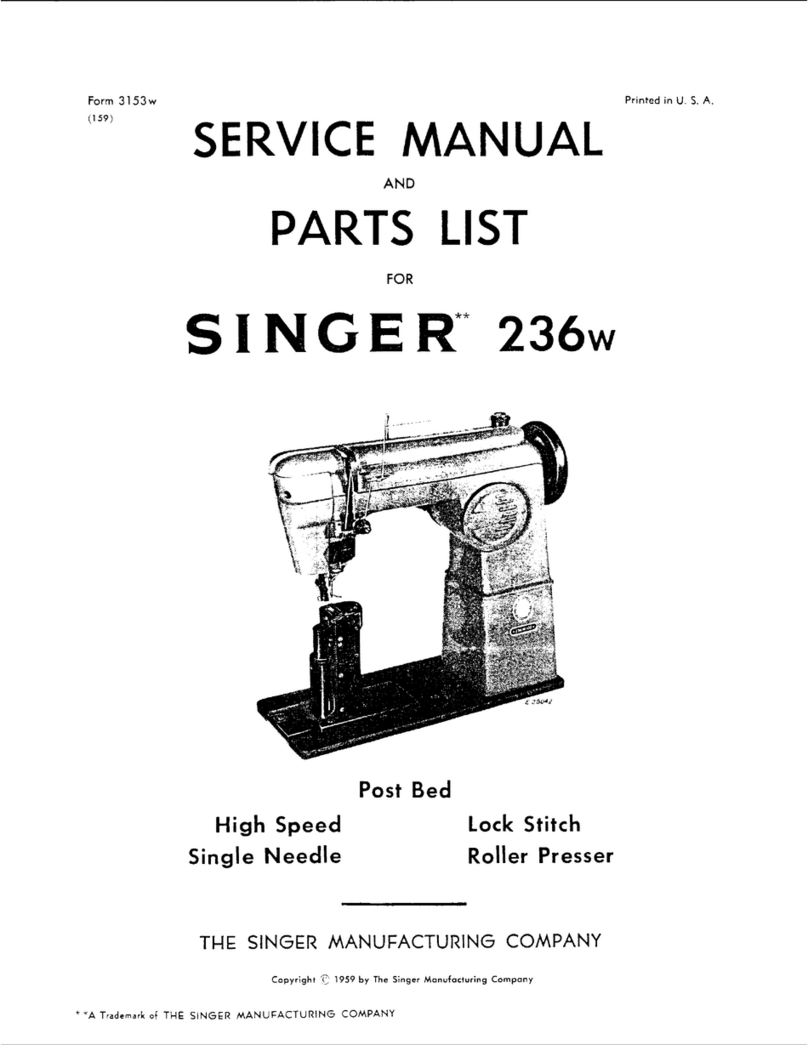
Singer
Singer 236W Troubleshooting guide
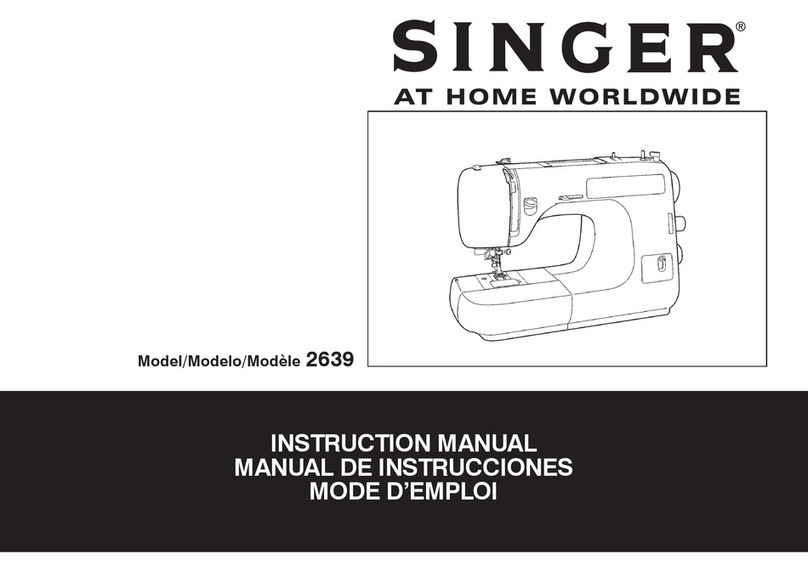
Singer
Singer 2639 User manual
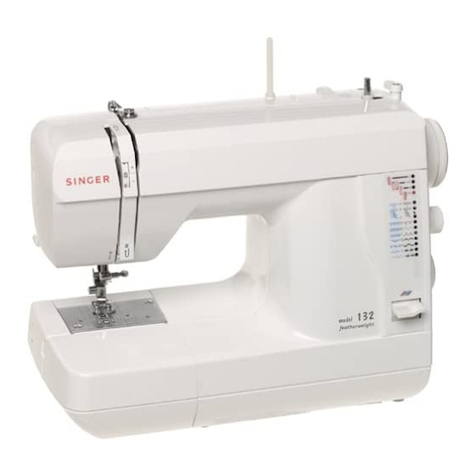
Singer
Singer featherweight 132 User manual

Singer
Singer 2810 User manual

Singer
Singer 7060 User manual
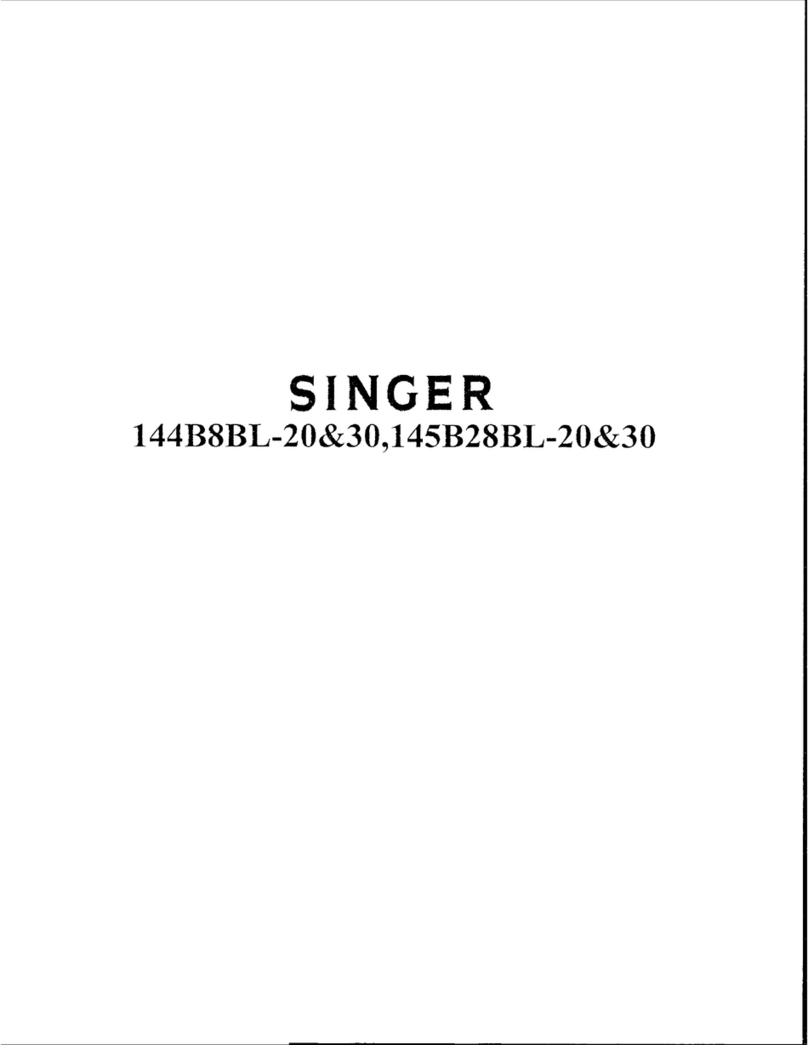
Singer
Singer 144B8L20 User manual

Singer
Singer 176-11 User manual
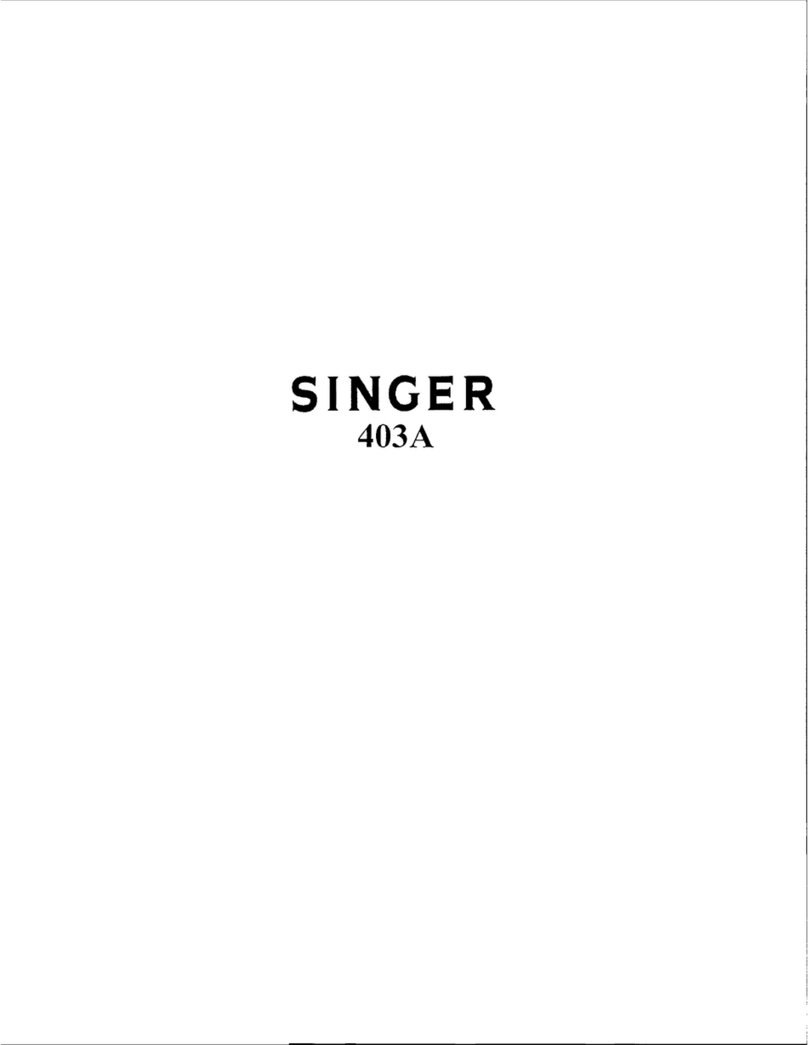
Singer
Singer 403A User manual

